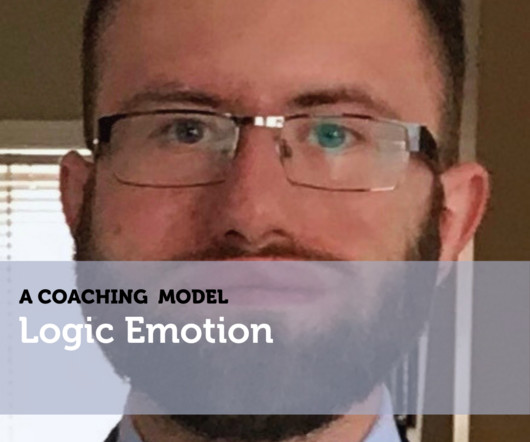Maximizing Impact, Minimizing Costs: A Strategic Approach to Coaching in Resource-Constrained Government Institutions
International Coach Academy
OCTOBER 30, 2024
The OPM argued that the benefits of coaching individuals and teams include higher engagement, retention, organizational performance and productivity, increased focus on mission and organizational objectives, improved creativity, continuous learning, and better relationships between people and departments. Coaching in organizations.











Let's personalize your content